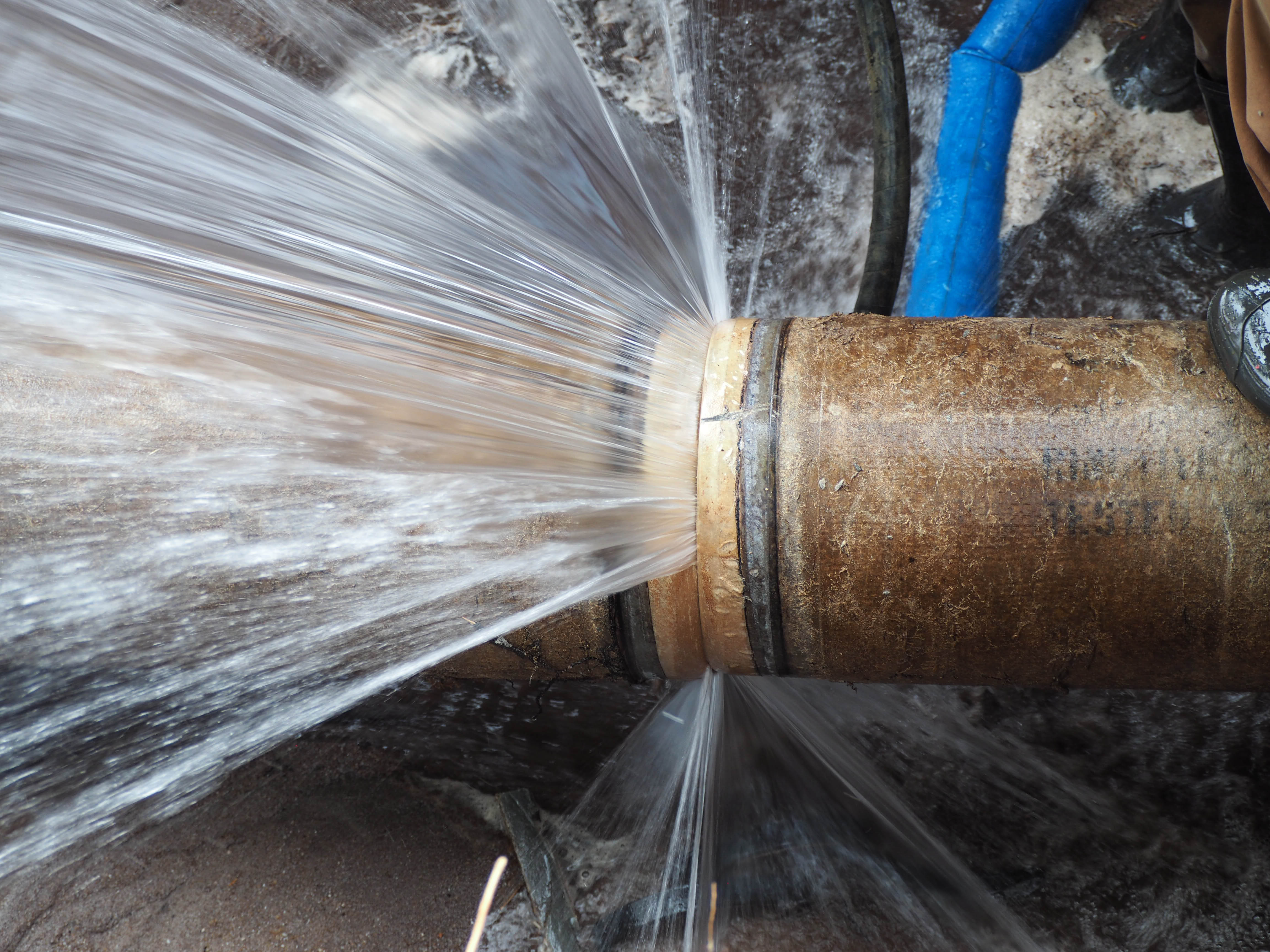Safeguarding Your Pipes from Cold Weather Damage: Essential Tips
Safeguarding Your Pipes from Cold Weather Damage: Essential Tips
Blog Article
Just how do you actually feel with regards to How To Avoid Freezing Pipes?

Winter can damage your pipes, especially by freezing pipes. Below's exactly how to avoid it from happening and what to do if it does.
Intro
As temperature levels decrease, the threat of icy pipelines increases, potentially causing pricey repair services and water damages. Comprehending exactly how to prevent frozen pipelines is critical for house owners in cool environments.
Recognizing Icy Pipes
What causes pipes to ice up?
Pipelines freeze when exposed to temperature levels listed below 32 ° F (0 ° C) for expanded durations. As water inside the pipelines freezes, it increases, taxing the pipe wall surfaces and possibly causing them to break.
Dangers and damages
Frozen pipelines can cause water system disruptions, residential or commercial property damages, and costly fixings. Burst pipes can flooding homes and create substantial architectural damage.
Indicators of Frozen Pipes
Determining icy pipes early can prevent them from rupturing.
How to determine icy pipelines
Look for reduced water circulation from taps, uncommon odors or noises from pipes, and visible frost on subjected pipes.
Prevention Tips
Insulating at risk pipelines
Wrap pipelines in insulation sleeves or utilize warm tape to protect them from freezing temperature levels. Focus on pipelines in unheated or exterior areas of the home.
Home heating methods
Keep indoor rooms properly heated up, specifically areas with pipes. Open up cabinet doors to allow cozy air to circulate around pipelines under sinks.
Protecting Outdoor Pipes
Yard pipes and outside taps
Disconnect and drain pipes garden hose pipes prior to wintertime. Install frost-proof faucets or cover exterior faucets with protected caps.
What to Do If Your Pipelines Freeze
Immediate actions to take
If you believe icy pipelines, keep faucets available to eliminate stress as the ice melts. Use a hairdryer or towels taken in hot water to thaw pipes gradually.
Long-Term Solutions
Architectural adjustments
Take into consideration rerouting pipelines away from outside walls or unheated areas. Include additional insulation to attics, cellars, and crawl spaces.
Upgrading insulation
Buy top notch insulation for pipes, attics, and walls. Correct insulation assists maintain consistent temperature levels and reduces the danger of icy pipes.
Verdict
Protecting against frozen pipes calls for aggressive measures and quick reactions. By understanding the causes, signs, and preventive measures, property owners can safeguard their plumbing throughout winter.
Helpful Tips to Prevent Frozen Pipes this Winter
UNDERSTANDING THE BASICS: WHY PIPES FREEZE AND WHY IT’S A PROBLEM
Water freezing inside pipes is common during the winter months, but understanding why pipes freeze, and the potential problems it can cause is crucial in preventing such incidents. This section will delve into the basics of why pipes freeze and the associated problems that may arise.
THE SCIENCE BEHIND FROZEN PIPES
When water reaches freezing temperatures, it undergoes a physical transformation and solidifies into ice. This expansion of water as it freezes is the primary reason pipes can burst. As the water inside the pipe freezes, it expands, creating immense pressure on the walls. If the pressure becomes too great, the pipe can crack or rupture, leading to leaks and water damage.
FACTORS THAT CONTRIBUTE TO PIPE FREEZING
Low Temperatures: Extremely cold weather, especially below freezing, increases the risk of pipes freezing. Uninsulated or Poorly Insulated Pipes: Pipes located in unheated areas, such as basements, crawl spaces, or attics, are more prone to freezing. Insufficient insulation or lack of insulation altogether exacerbates the problem. Exterior Wall Exposure: Pipes running along exterior walls are susceptible to freezing as they encounter colder temperatures outside. Lack of Heating or Temperature Regulation: Inadequate heating or inconsistent temperature control in your home can contribute to frozen pipes. PROBLEMS CAUSED BY FROZEN PIPES
- Pipe Bursting: As mentioned earlier, the expansion of water as it freezes can cause pipes to burst, resulting in significant water damage.
- Water Damage: When pipes burst, it can lead to flooding and water damage to your property, including walls, ceilings, flooring, and personal belongings.
- Structural Damage: Prolonged exposure to water from burst pipes can compromise the structural integrity of your home, leading to costly repairs.
- Mold and Mildew Growth: Excess moisture from water damage can create a favorable environment for mold and mildew growth, posing health risks to occupants.
- Disrupted Water Supply: Frozen pipes can also result in a complete or partial loss of water supply until the issue is resolved.
WHY CERTAIN PIPES ARE MORE PRONE TO FREEZING
- Location: Pipes located in unheated or poorly insulated areas, such as basements, crawl spaces, attics, or exterior walls, are at higher risk of freezing.
- Exterior Pipes: Outdoor pipes, such as those used for irrigation or exposed plumbing, are particularly vulnerable to freezing as they are directly exposed to the elements.
- Supply Lines: Pipes that carry water from the main water supply into your home, including the main water line, are critical to protect as freezing in these lines can affect your entire plumbing system.
- Underground Pipes: Pipes buried underground, such as those connected to sprinkler systems or outdoor faucets, can be susceptible to freezing if not properly insulated.
https://busybusy.com/blog/helpful-tips-to-prevent-frozen-pipes-this-winter/

Hopefully you enjoyed our article about How to Prevent Your Pipes From Freezing. Thank you for taking the time to browse our content. Don't hesitate to set aside a second to promote this page if you liked it. Many thanks for your time. Kindly come by our website back soon.
Additional Resources Report this page